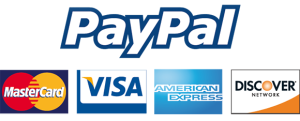Describe how they appear to effectively/ineffectively use their intangible assets to the organizations benefit
Organizations and HR in Todays Business Environment
Understanding the big picture of the corporate or organizational world is fundamental to being effective as a strategic partner in this very setting, and this has been a big stumbling block for many HR practitioners and functioning HR departments and divisions. That is changing. The organization, as an entity, has always had a well-defined process for strategic planning and decision making, but it rarely involved HR, which was typically relegated to annex buildings and hiring and processing functions. Today, in the complex world requiring acute organizational flexibility to accommodate almost overnight acquisitions and mergers – or liquidations – and new markets and competition, the CEO and executive team (the C-Suite) need the knowledge and insight of HR in capitalizing on its greatest asset, its human capital and its organizational knowledge. It is well established that the organizations that manage its knowledge, as an intangible asset but like a tangible asset, have an edge – a necessary edge in an ever evolving and highly competitive world. With this in mind and using the assigned readings for this week, identify an organization with which you are familiar, and:
Briefly describe the organization
Describe how HR functions within that organization and how it evolved to this point (i.e., briefly relate the history
Describe how they appear to effectively/ineffectively use their intangible assets to the organizations benefit
Assess where they are and where they need to be in light of HRs changing role as a strategic partner.

